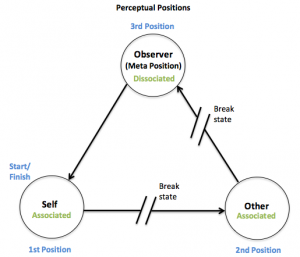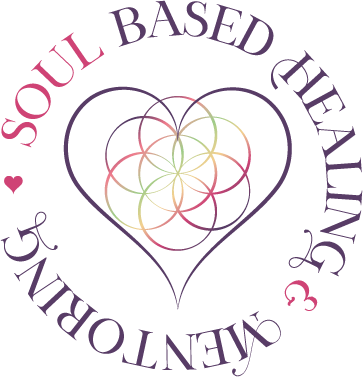In my experience as a coach, teacher and healer, one of the keys that everyone needs to work on is communication, and especially positive, non-judgemental communication. I’ve lost count of the number of times I’ve been told by my clients that their partner/family/boss/colleague doesn’t understand them, take the time to listen, show interest in what they’re doing… This leaves them feeling misunderstood, judged, and even helpless, and when they come to me, they feel like they’ve reached a point of no return. Working on clarifying their communication opens them up to much better and more fulfilling relationships
In this blog, I’m going to share two techniques that I regularly use during my coaching and mentoring sessions – Meta Mirror, a great NLP (neurolinguistic programming) technique, and Non-Violent Communication, an alternative way of communicating created by the late Marshall B. Rosenberg. You will also be able to read a short case study showing you how they work well together.
The first thing I normally do when addressing communication problems is to ask my client to name their biggest difficulty. Is it a problem with speaking? With listening? With understanding or being understood? With expressing their feelings and/or emotions?
Once we’ve got a bit clearer on the root of the problem, I ask them to think back to the last time there was a breakdown in communication with a particular person and to describe what happened and what they could have done differently. This opens them up to different possibilities and helps them to start moving away from feeling like a victim and towards taking their share of responsibility. As the saying goes, it takes two to tango; so, in the event of a breakdown in communication, both parties are responsible, maybe one more than the other, but it’s never 100% one person and 0% the other.
Meta Mirror
A great coaching technique that can be used when revisiting a past experience and seeing it through someone else’s eyes is the Meta Mirror. This is an exercise that brings together a few different perspectives, that of the client, that of the other person involved in the breakdown of communication, and that of an independent observer looking at both people impartially. The aim of this technique is to get the client to gain insight into the past situation and to replace any stuck thoughts and feelings with a greater understanding of the other person and creative ideas to improve their relationship.
At this point, the client has often identified examples of judgemental, accusing, and negative ways of communicating. This is when I introduce Non-Violent Communication (NVC).
Non-Violent Communication
This is a 4-point process which is great for improving our relationships with others, as it generates respect, attention and empathy. Here are the 4 steps involved:
- Observations
- Feelings
- Needs
- Requests
Observations: this is an invitation for the client to observe the situation without interpreting or judging it.
Feelings: the focus here is on the client’s FEELINGS and not on what he or she thinks. It’s often difficult for us to identify and be able to talk about how we feel, but it’s an essential part of this communication model.
Needs: this is when the client will talk about his or her needs, which are often not being met, because if they were, there probably wouldn’t have been a breakdown in communication in the first place.
Requests: this final step is really important and sometimes overlooked. If the client stops before making a request, all he or she has really been doing is talking about himself or herself. Communication is a two-way process, so we need to have the other party involved in it. Making requests and not demands on the other person is a great way of inviting them to share things with us, to participate, to help us, and to make both our lives better.

Case Study
Here’s an example of how this can work. One of my clients came to me after having had a blazing row with her partner, which ended up with them both not talking to each other for days. As my client is a highly sensitive, empathetic person, she finds it difficult to talk about how she’s feeling and generally tends to keep all of this to herself. I suggested she use the NVC technique to calmly express herself to her partner. This is what she came up with:
“When I hear you shout at me because I have spent time with my friends rather than with you, I feel guilty and angry because I need to have my girls’ night out, it helps me to unwind, and I enjoy spending time in their company. If you want to spend time with me, how about going to the cinema this weekend?”.
As you can see from the above example, my client used the word ‘I’ most of the time, and only included ‘You’ in the request phase of the process. This is a guarantee of non-judgemental communication and a creative idea of how to improve her relationship with her partner. He is now able to understand why she spends time with her friends, even if he doesn’t approve, and is in a position to accept her invitation to the cinema. Instead of the shouting escalating into a row, which is what happened previously, any future conflict will be able to be resolved peacefully using clear, positive words that are used to simply state the facts from my client’s point of view.
Sometimes, it doesn’t take much to totally change your perspective and improve the way you communicate with others!
If any of this sounds familiar, I invite you to reach out to me, either by sending me a message or booking your SOUL call, a 30-minute call to explore how I can best help you.
This blog was originally written for the online coaching magazine, International Coaching News, and published in the 26th edition in September 2019.






